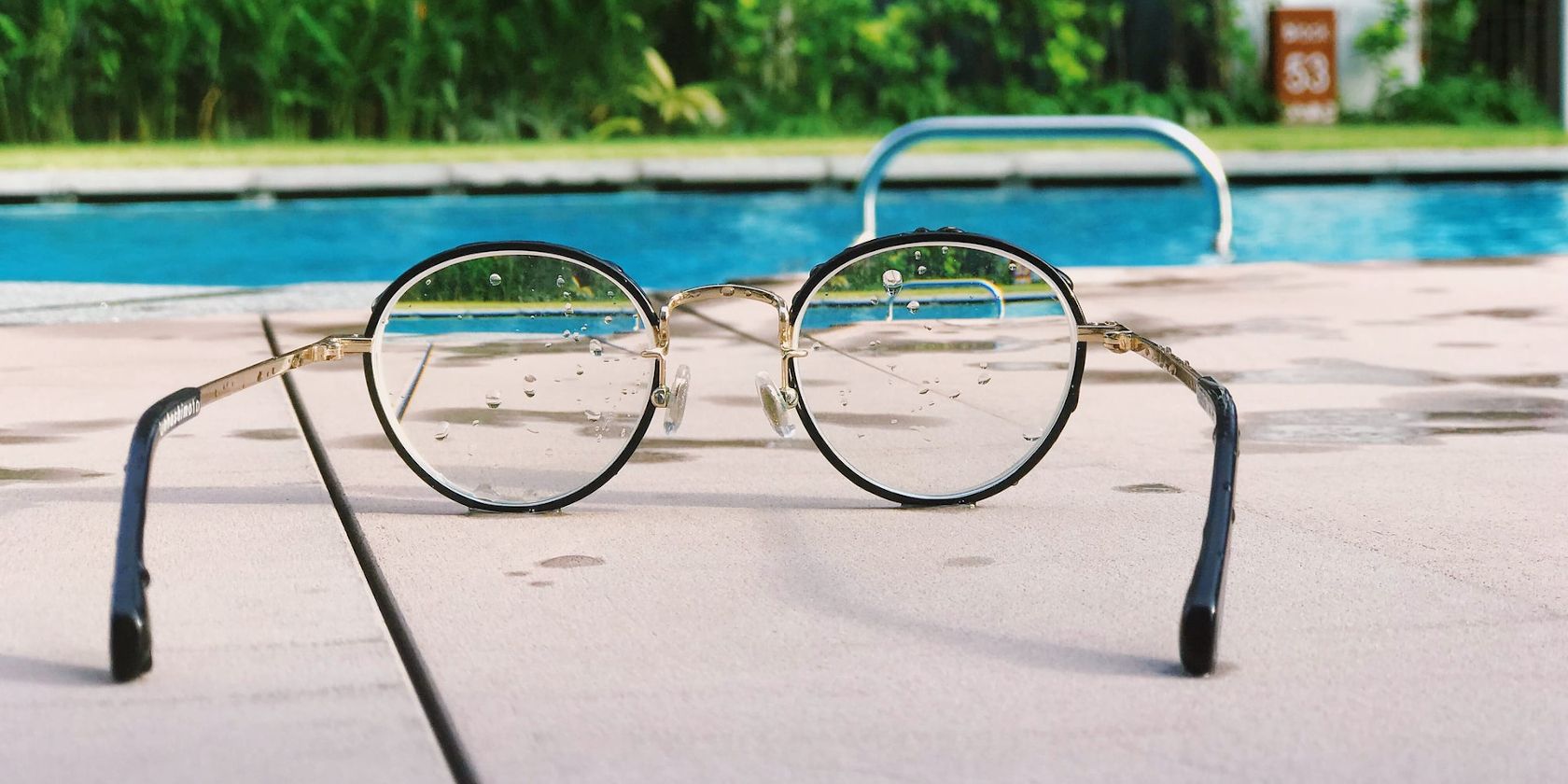As technology becomes smarter, the ways in which it can make everyday life easier grow with it. Assisting the blind and visually impaired is of special interest to developers, especially in the mobile industry.
Below are eight free apps for Android and iOS devices offering top tools for people with eyesight problems. They address a range of tasks, from finding locations and objects to reading signposts, and promote a high quality of life for everyone.
1. Be My Eyes
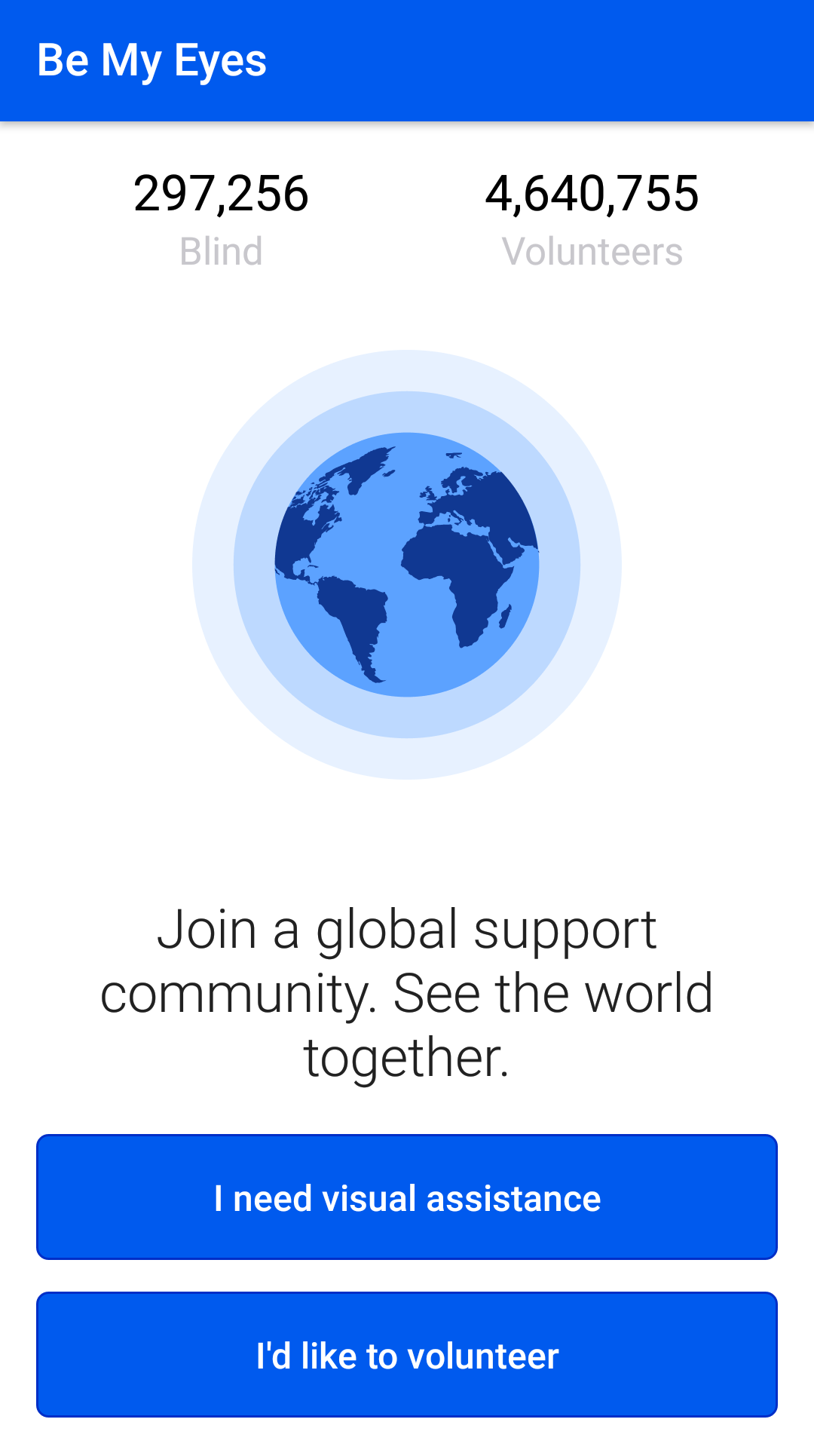
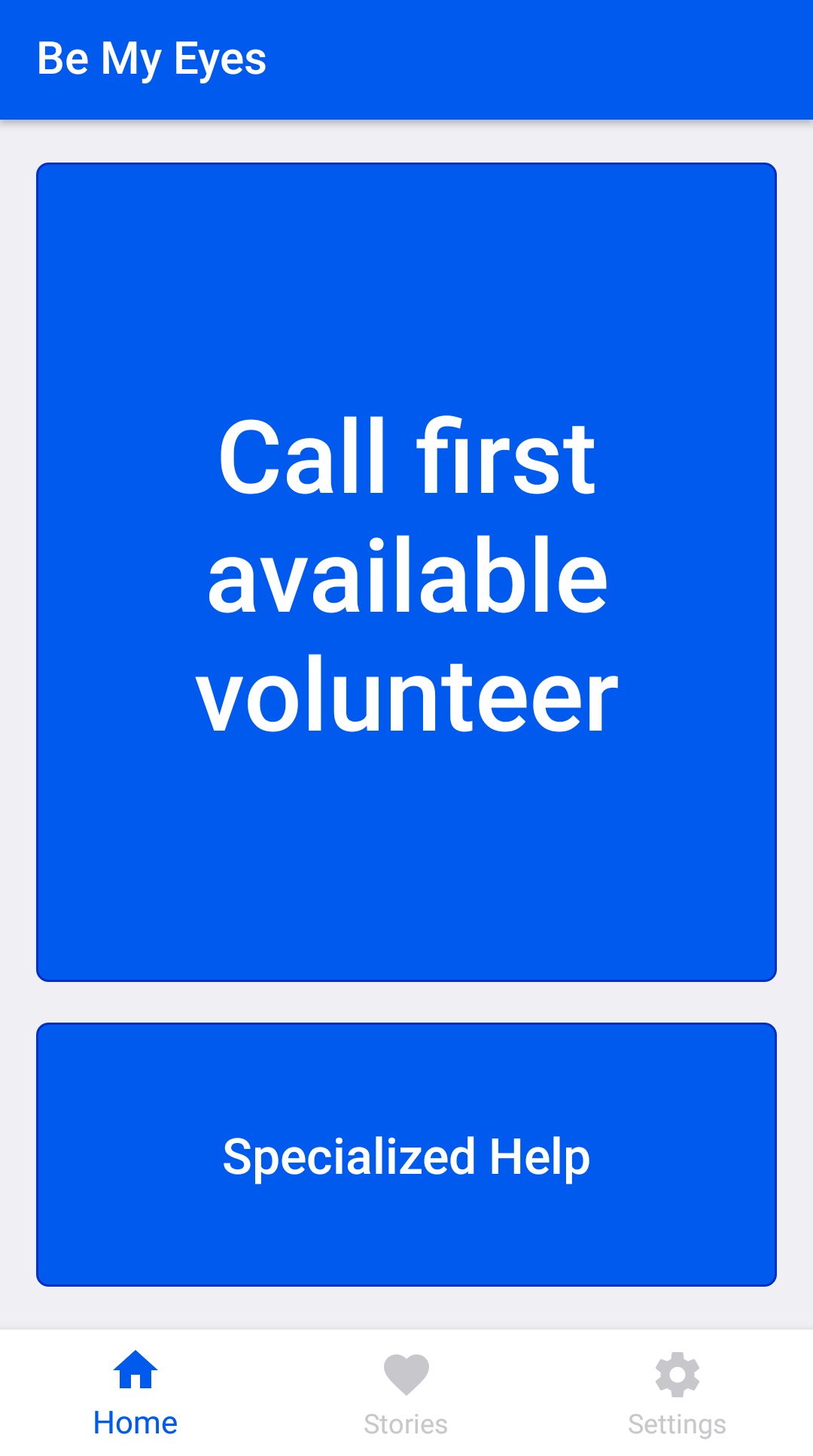
This service is a great success in the field of mobile apps for accessibility. The goal is simple: people help people. Be My Eyes connects users in need of guidance with ready and waiting sighted volunteers or specialized organizations that are in partnership with the app.
Before it launched in 2015, mobile users with visual disabilities would already video call friends and family for help with different tasks. The story and benefits of Be My Eyes simply made an existing courtesy even more efficient.
Download: Be My Eyes for Android | iOS (Free)
2. Lookout by Google
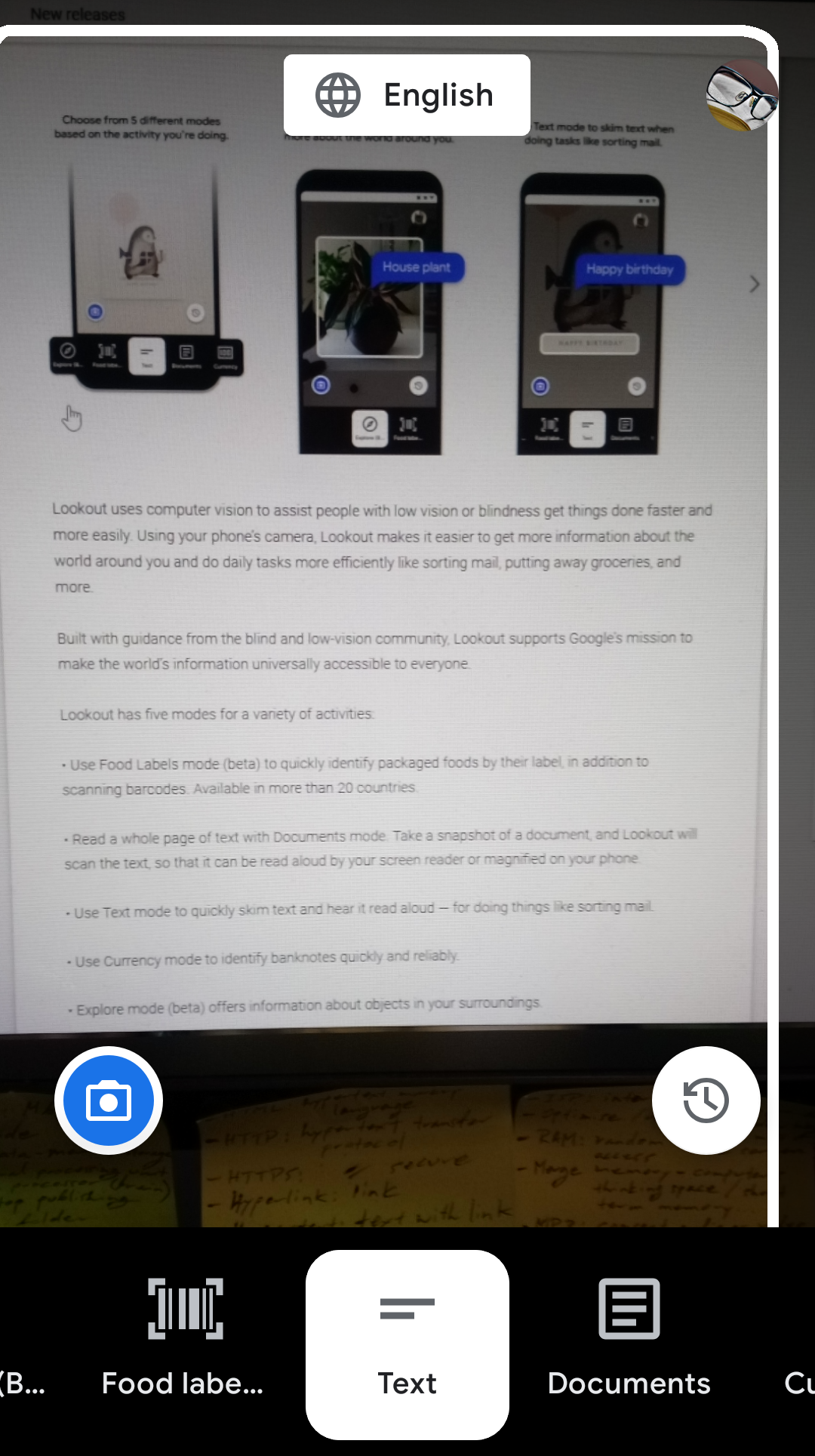
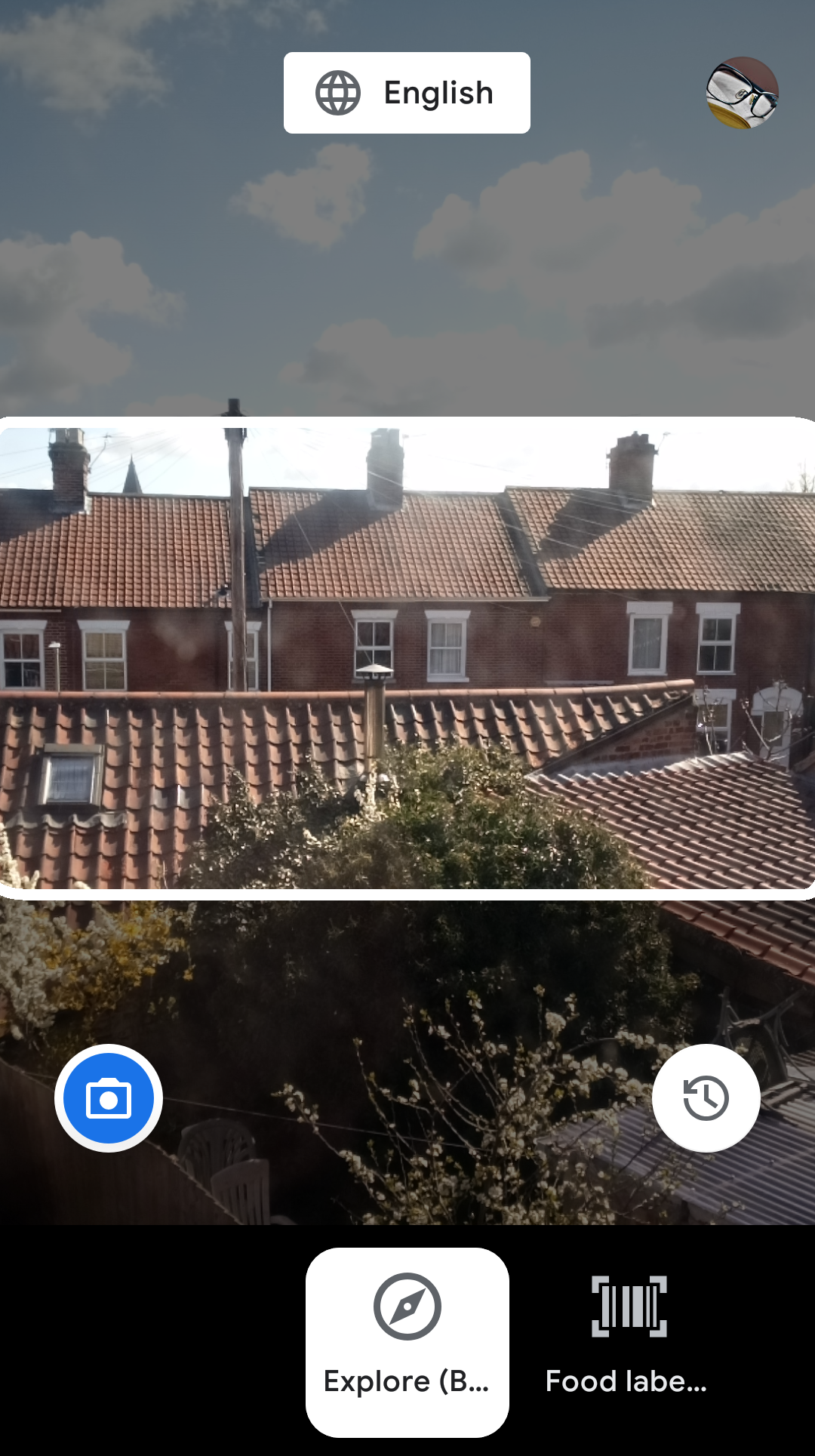
If there’s a brand you can trust more than others to provide useful and reliable innovations, it’s Google. The Lookout app offers basic visual aids like spotting objects, reading text, scanning food barcodes, and even recognizing banknotes.
Unfortunately, no AI-based accessibility app is perfect quite yet. In this case, there are limits to what the software can identify and how much you can customize its performance, beyond choosing a different language or setting the perfect speech rate and pitch.
Nonetheless, Lookout by Google is one of the best apps of its kind on the Android market today. Just make sure you have a good internet connection and make the most of each new update.
Download: Lookout by Google for Android (Free)
3. Sullivan+
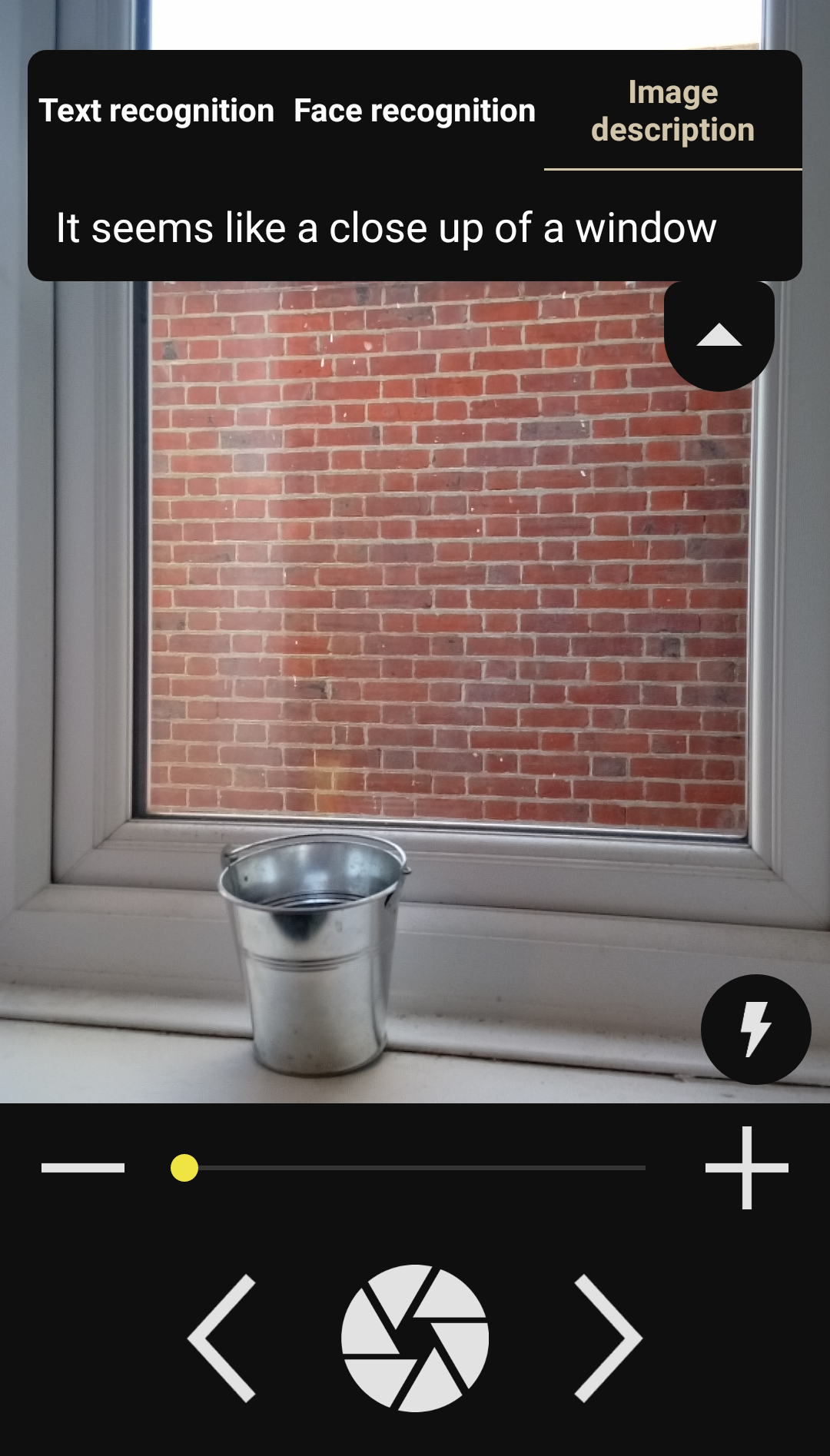
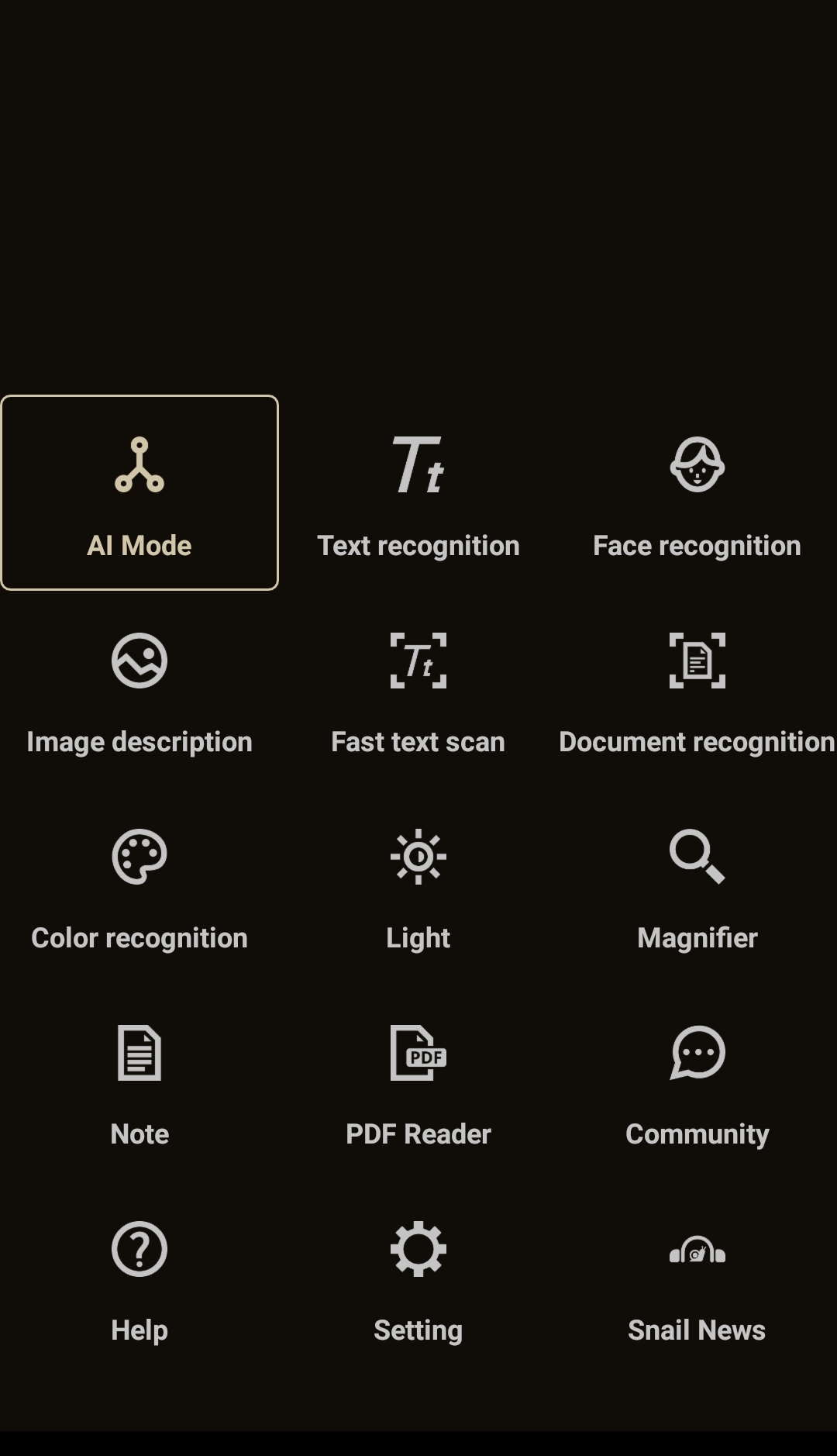
If your main concern is scanning a road or room for obstacles or items of interest, Sullivan+ is another reliable app. Its AI software works well and fast in identifying objects, describing scenes, and reading text.
The extra tools on offer make it even more interesting. For example, you can scan for faces, check a car’s color, video call a contact, and read PDF files.
It can take a few tries to get accurate results, but Sullivan+ is definitely an app for the visually impaired worth getting used to. Its performance is already impressive, so it should only get better.
Download: Sullivan+ for Android | iOS (Free)
4. Supersense
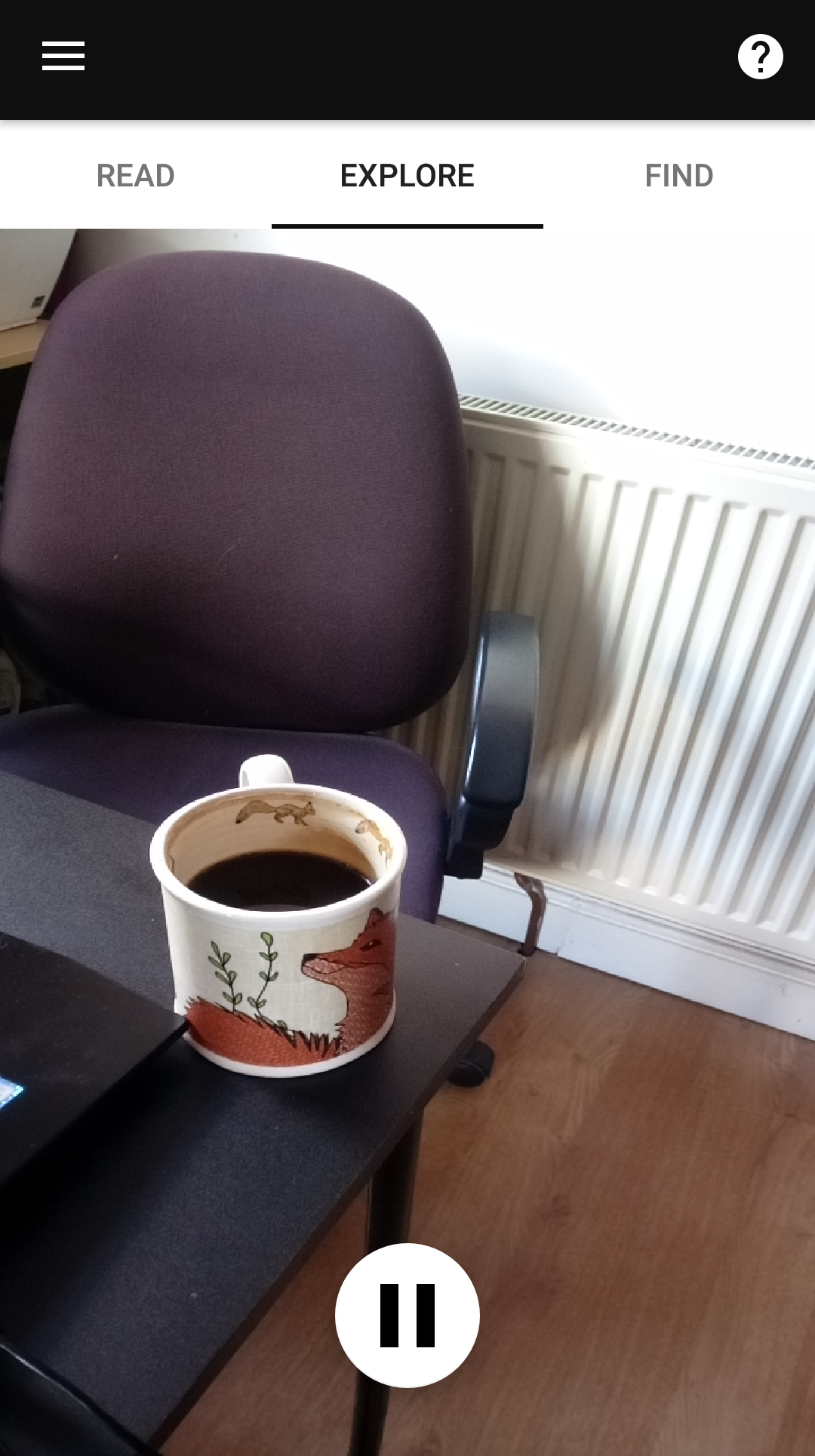
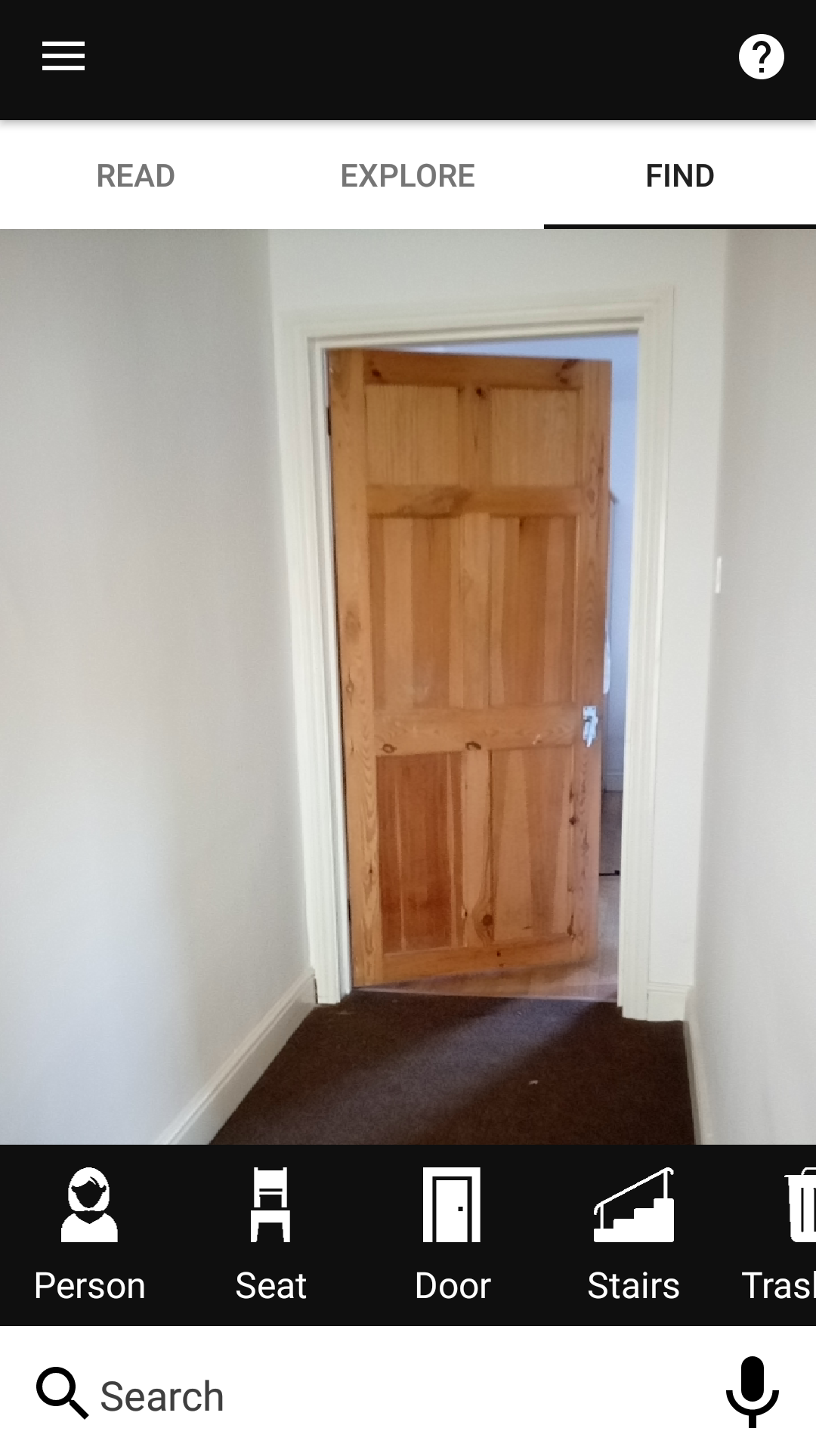
Clearly, when it comes to supporting blind and visually impaired smartphone users with apps, free doesn’t mean useless. Supersense is one more example of great software that can boost your confidence when out and about, despite very minor flaws.
As long as you have a stable internet connection, its AI tools will constantly explore your surroundings or look for specific objects, from seats and kitchen appliances to animals and buildings.
It also has text scanning and voice command features. Most of this is free to use, but there are premium perks available like greater accuracy, more languages, and barcode scanning.
Download: Supersense for Android | iOS (Free, in-app purchases available)
5. RightHear
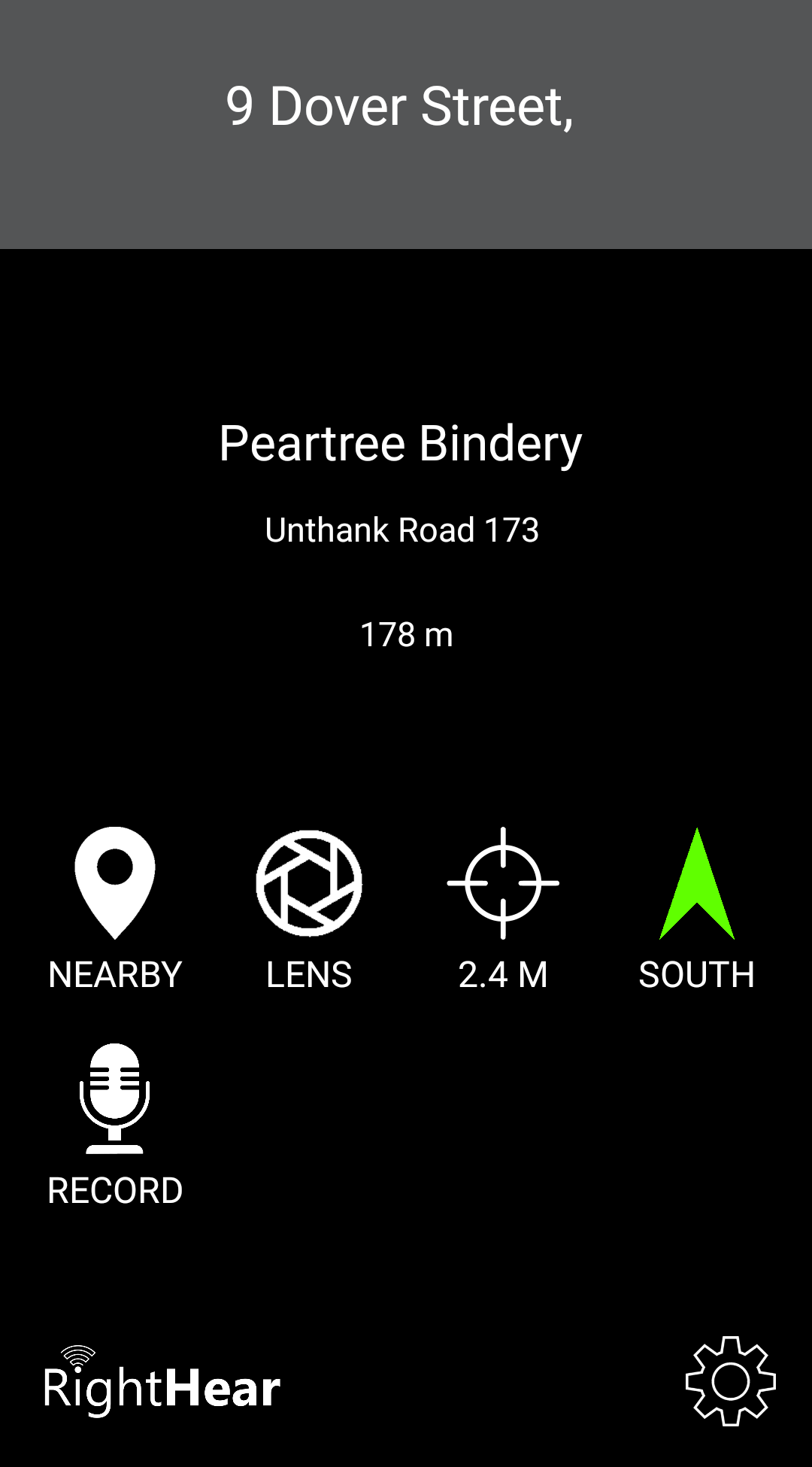
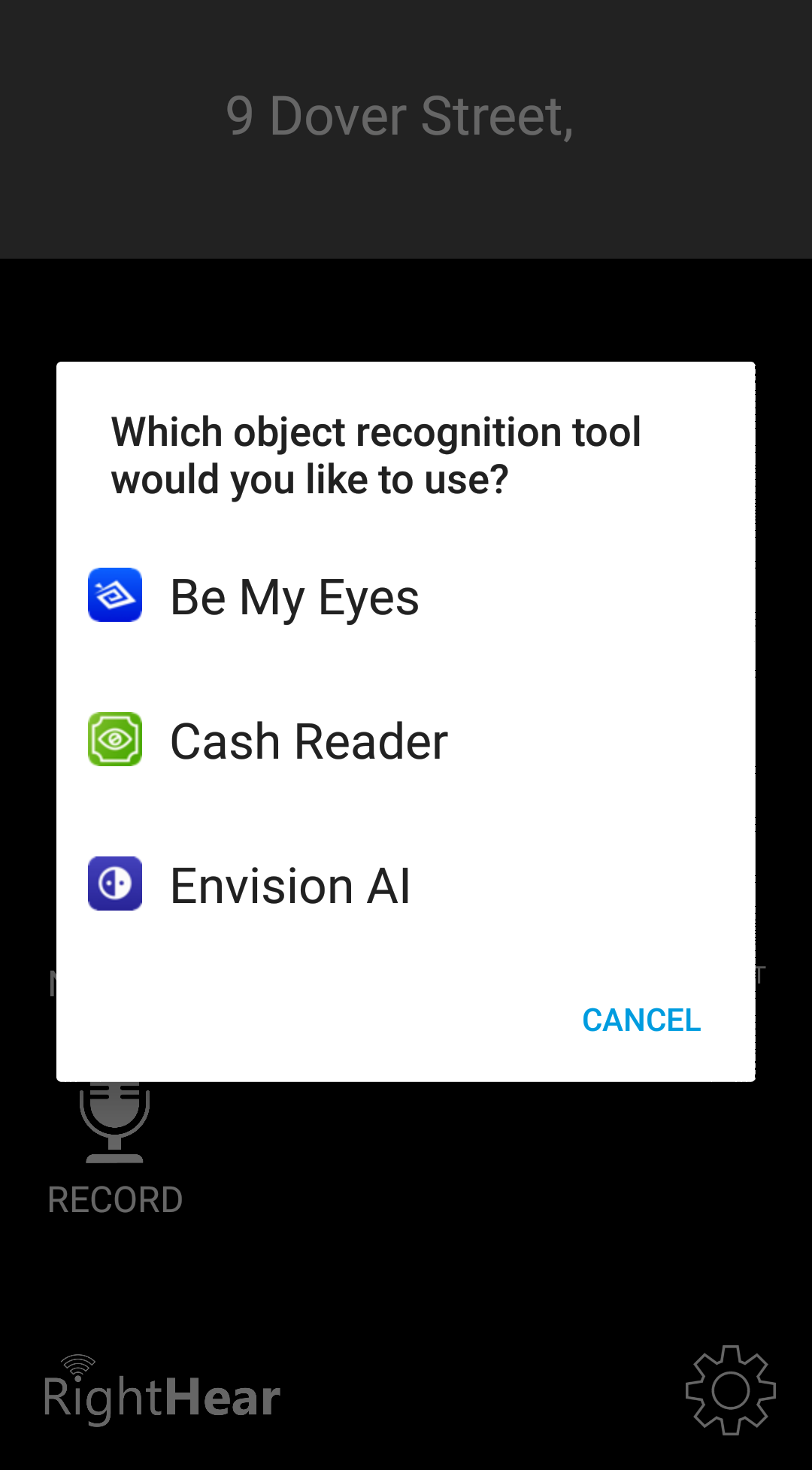
Here’s another option with its own pros and cons in terms of accessibility. RightHear uses your GPS and Bluetooth to spot nearby locations and help you navigate between them for free, whether you're indoors or outdoors.
It links up with other software like Be My Eyes, Envision AI, and Google Maps to get you where you need to go and broaden your user experience with features like object recognition.
The main downside is that, outside of big cities, RightHear doesn’t pick up all landmarks or calculate distances accurately. The number of functions it needs to use will also affect your phone’s battery, an important issue to keep in mind when choosing the best app.
Download: RightHear for Android | iOS (Free)
6. TensorSight
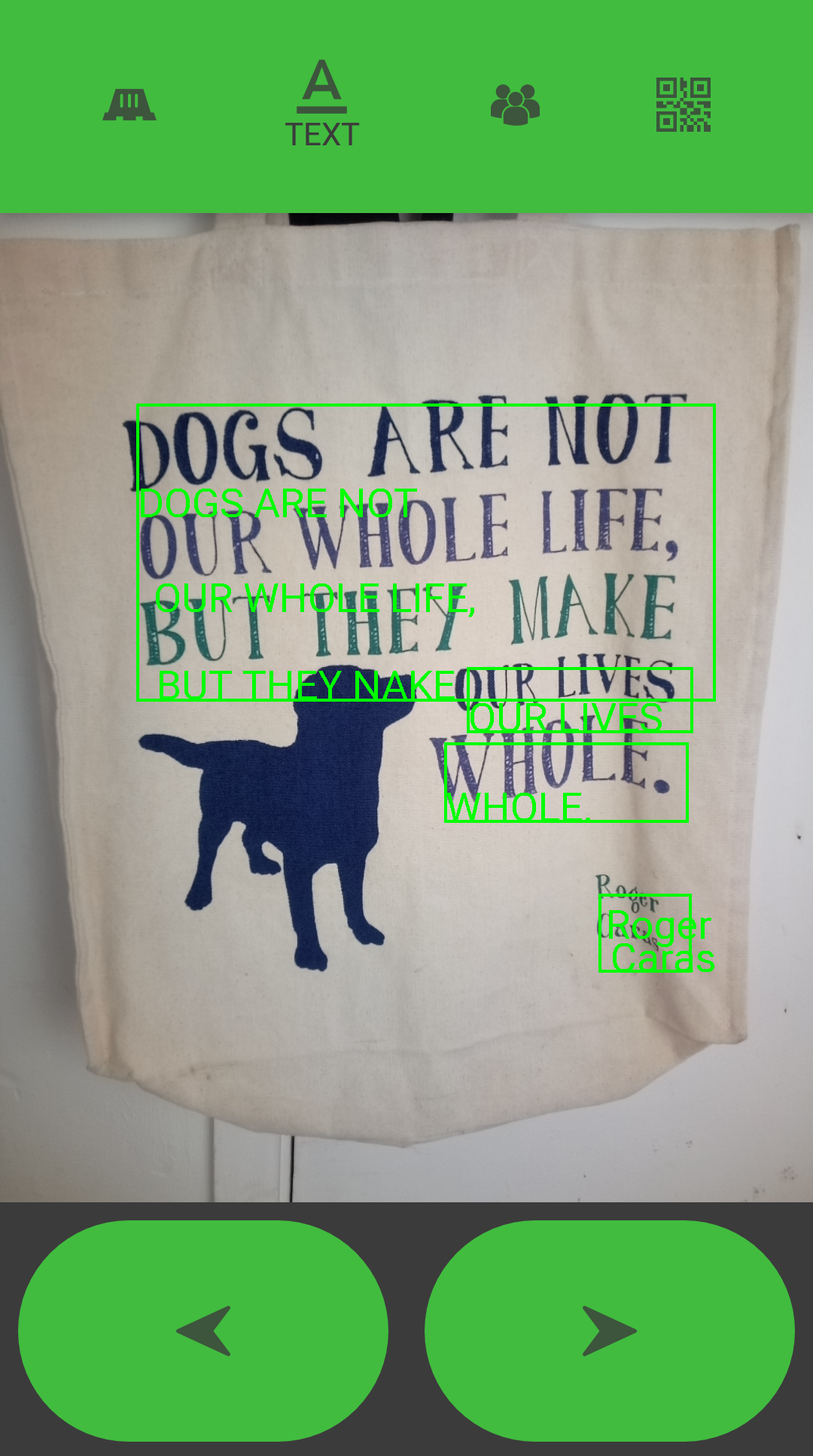
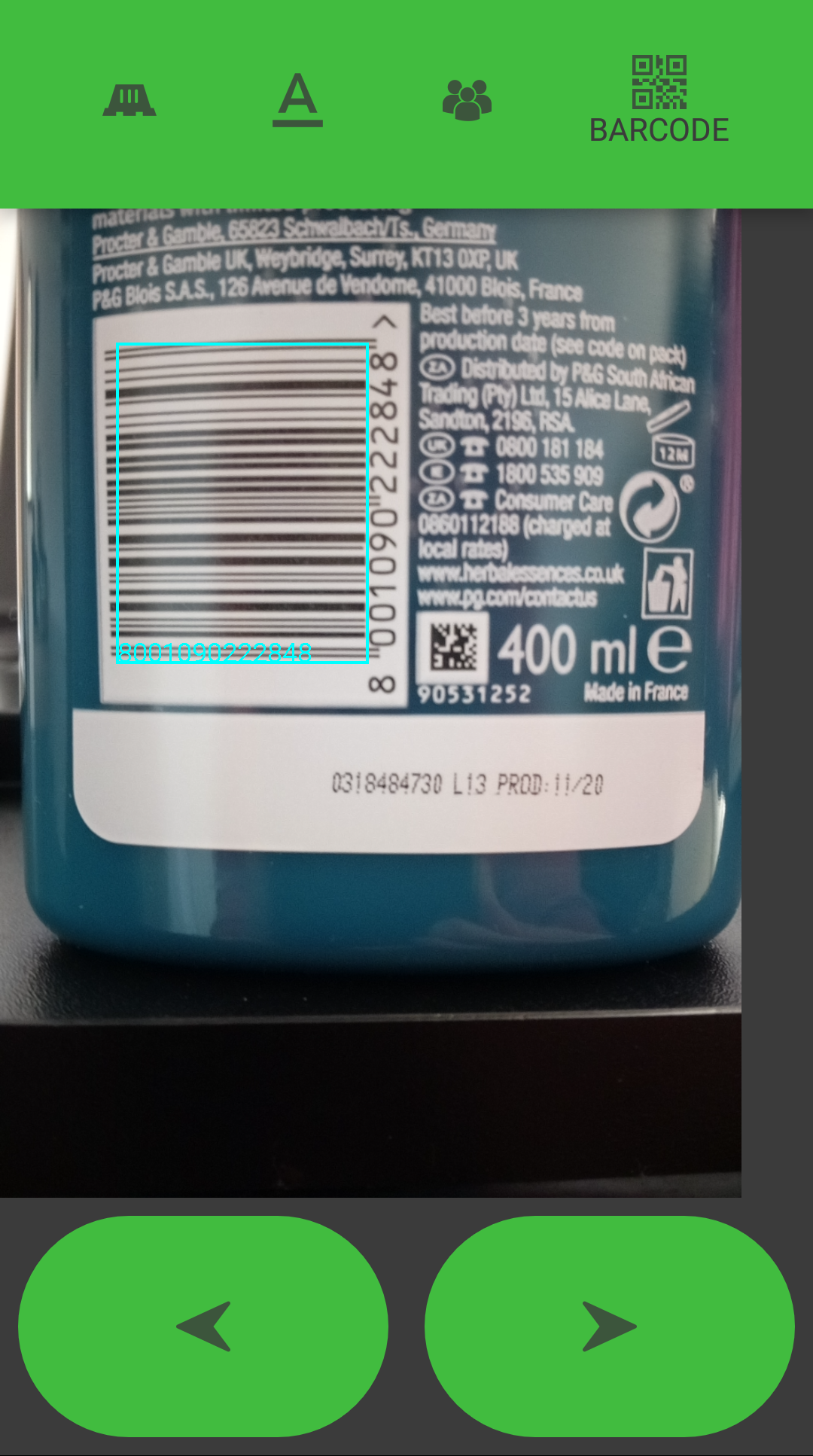
AI technology really does give the blind and visually impaired several apps to choose from that can help navigate their environment. Choosing between them comes down to how complicated or energy-consuming you want your software to be.
TensorSight, for example, is just as good at alerting you when people or obstacles are ahead, while also reading out text and scanning barcodes. It’s in its infancy, however, and not the smartest app around in terms of recognizing objects.
That said, alongside the tools being handy, user-friendly, and completely free, it won’t go through your battery as fast as more complex software. Given time and support, TensorSight is sure to improve its services.
Download: TensorSight for Android (Free)
7. NaviLens
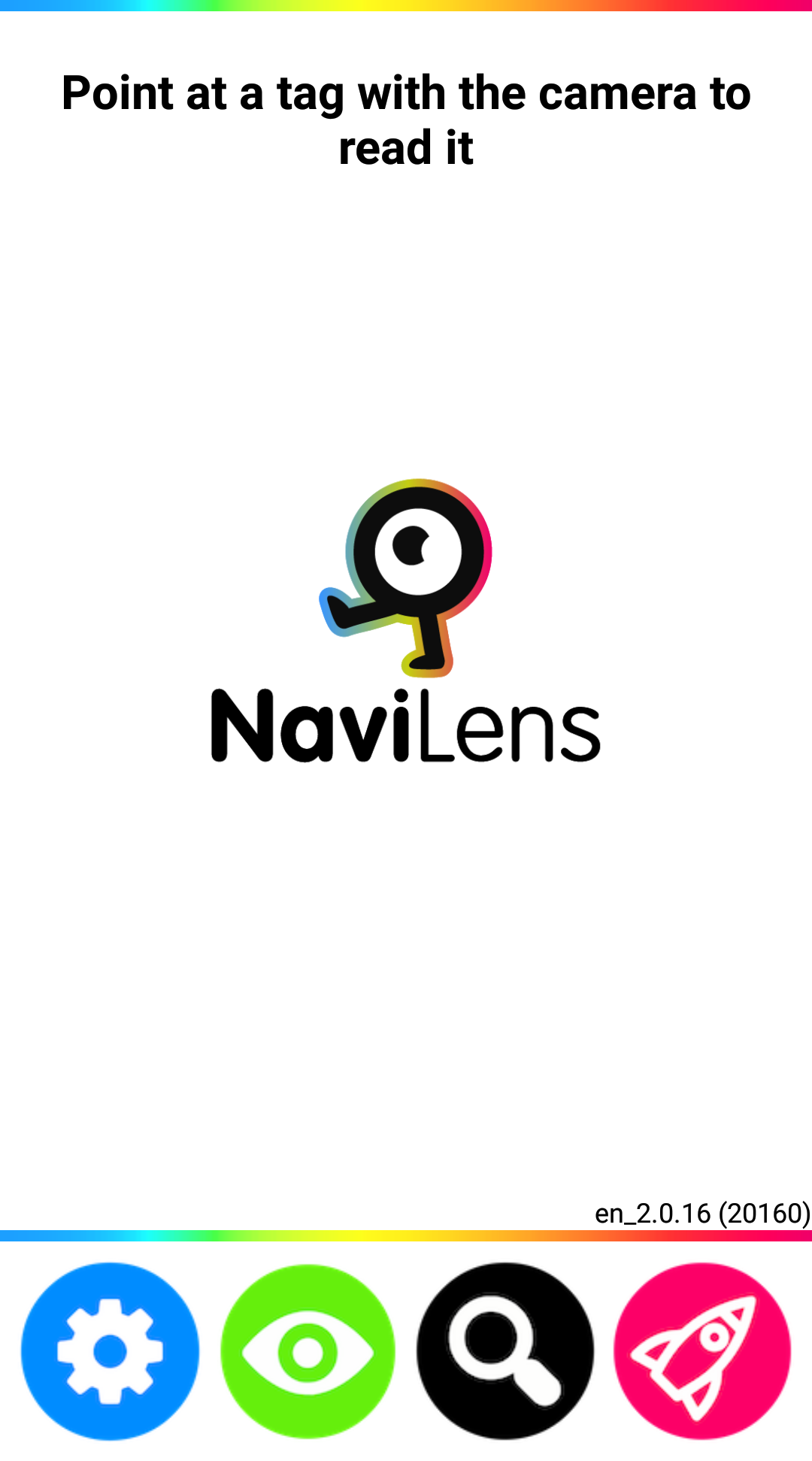
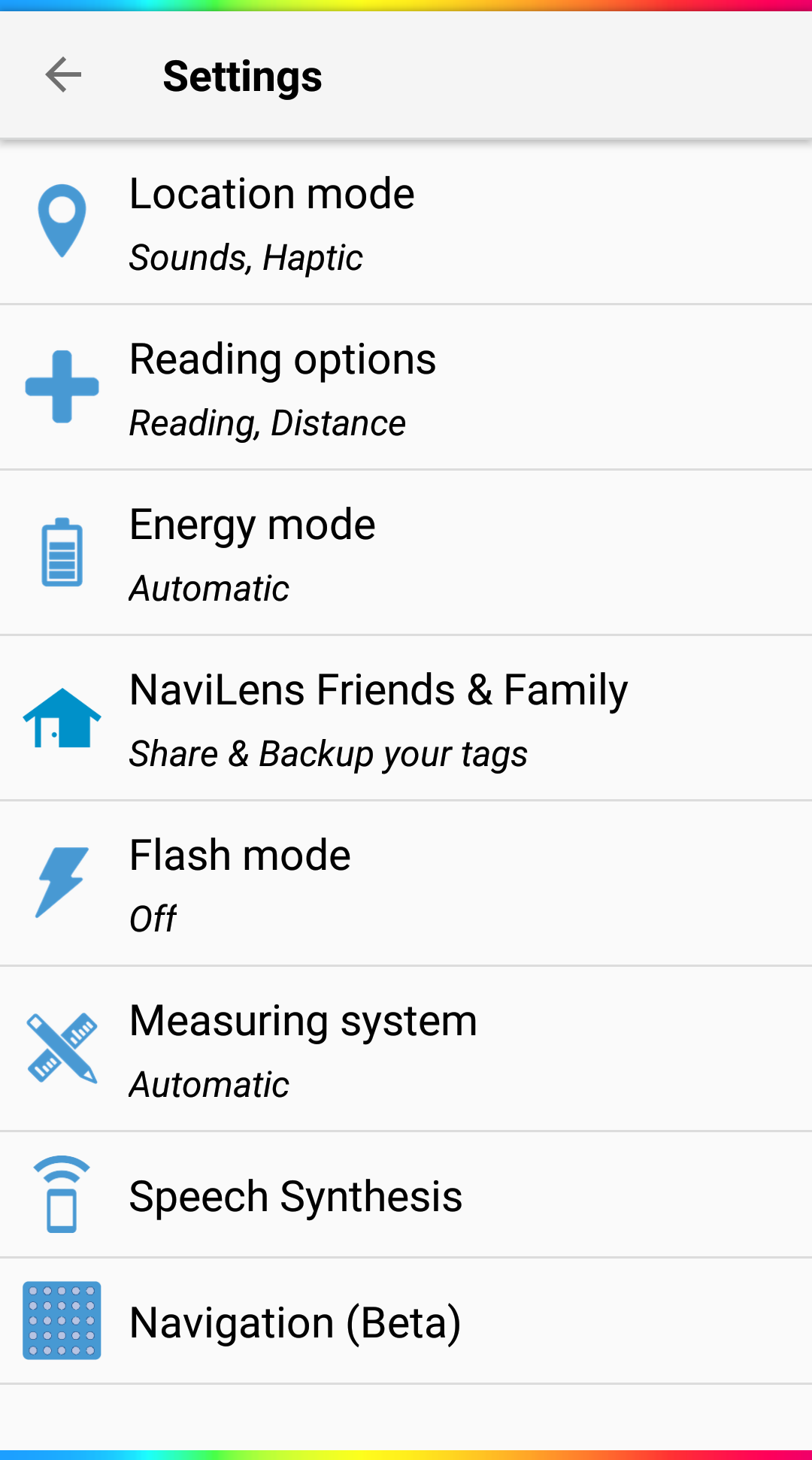
There are actually various ways to navigate using mobile apps. The alternative approach you’ll find with NaviLens involves scanning for special markers in different locations, which make your phone relay important information.
This way users know what to expect when getting in and out of elevators, for example. You can adjust the app’s settings to fit your needs, including its scanning speed, distance, and sounds.
Even though NaviLens largely depends on these markers to work properly, it’s quickly becoming a popular choice. Extra navigation tools are also under development, boosting its potential.
Download: NaviLens for Android | iOS (Free)
8. TapTapSee
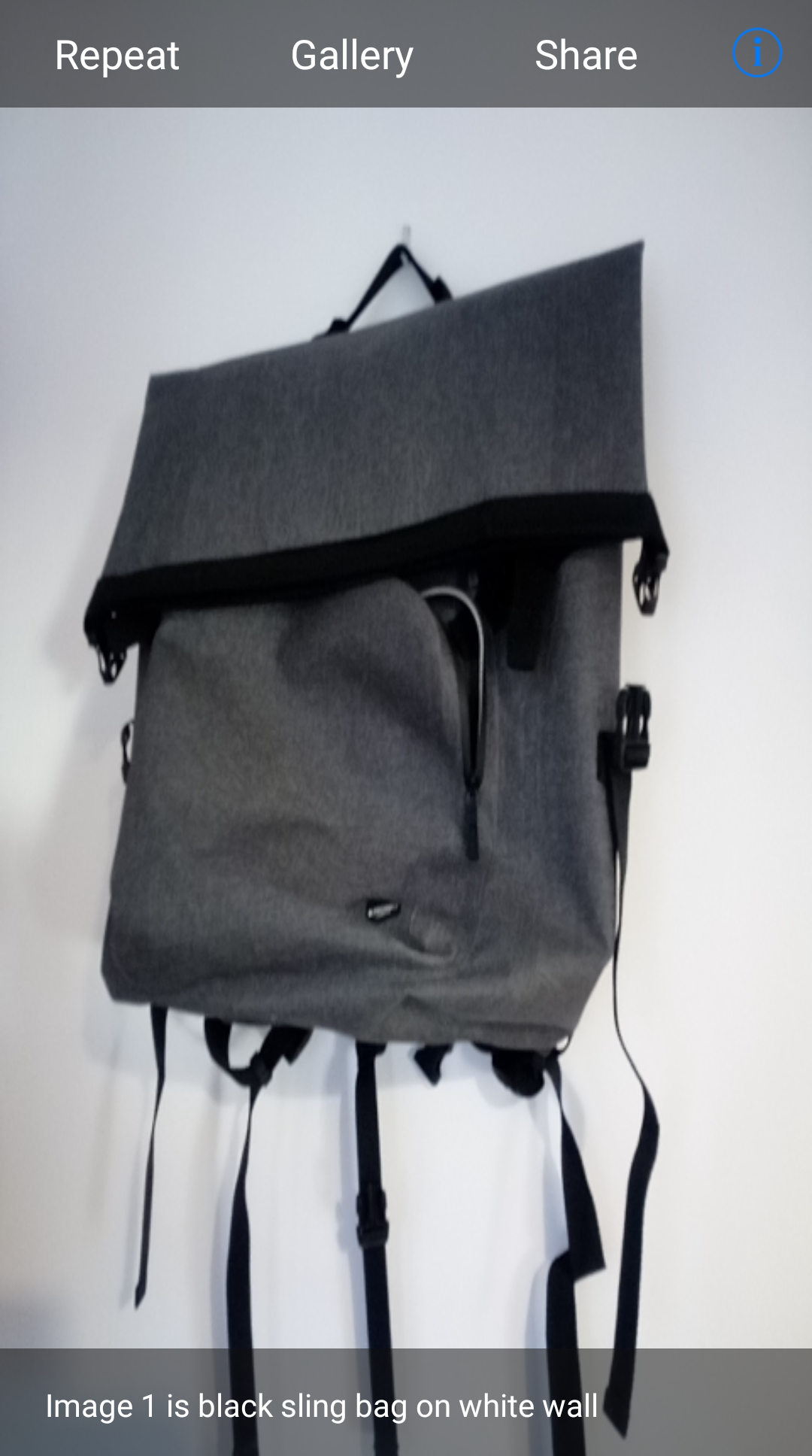
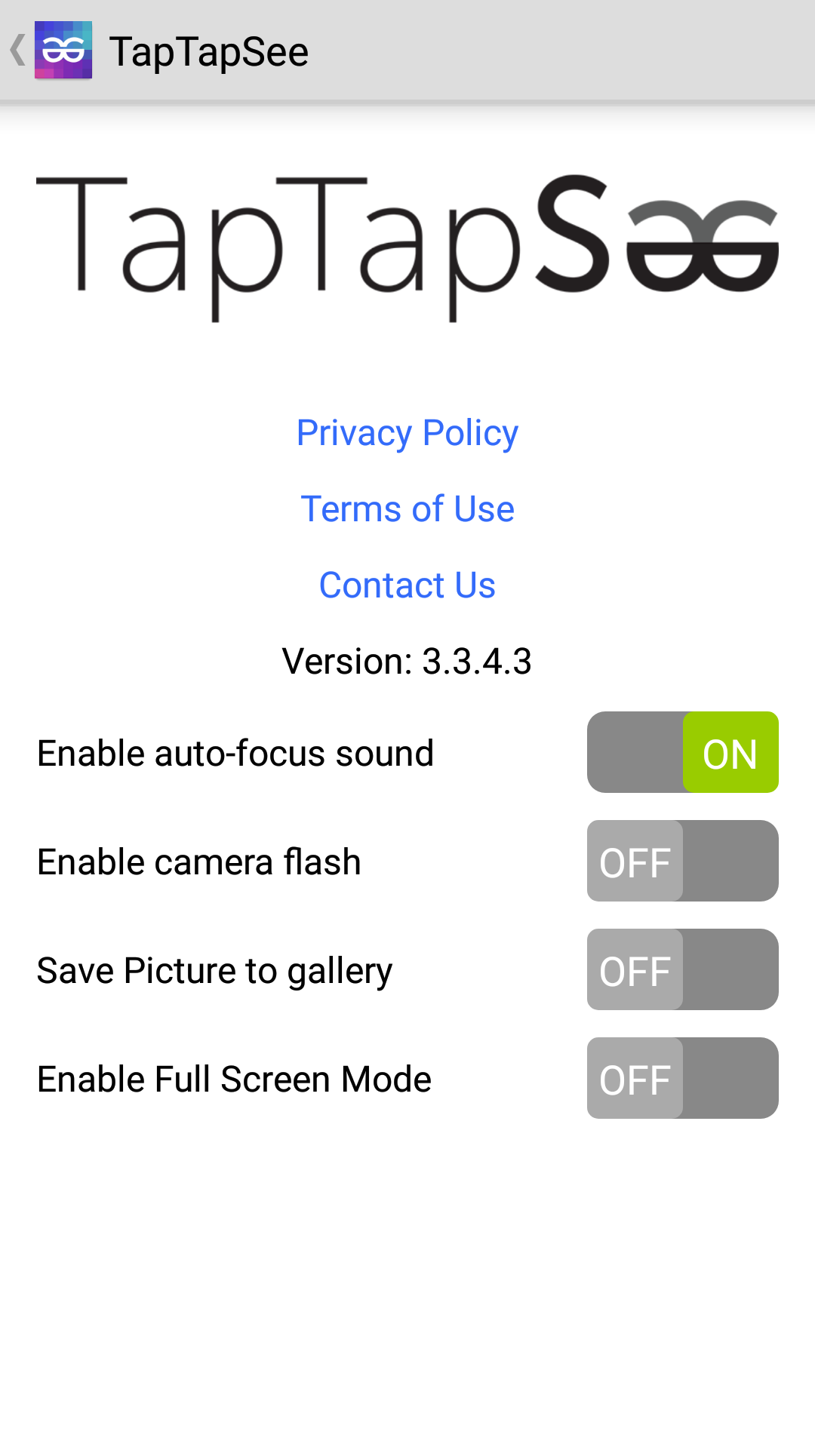
If you just want to take pictures of the world around you and have your phone tell you what’s there, TapTapSee is a reliable app. It doesn’t do much more than that, but you can expect good recognition capabilities after setting it up.
Once again, there’s room for improvement. The main tricky part is that you need to enable your phone’s TalkBack accessibility feature and successfully sync it with TapTapSee. Otherwise, the app won’t narrate anything.
Once everything’s in place, however, you’ll be able to snap photos of objects, barcodes, and more so the app can bring up handy information. You can also save and share your results, while enabling simple functions like your camera’s flash or the sound it makes when focusing.
Download: TapTapSee for Android | iOS (Free)
Keep Exploring How Technology Improves Accessibility
Considering how widespread mobile use is today, it’s no surprise that developers focus on enhancing smartphones and their relationship with users. Even though apps for the blind and visually impaired are still being perfected, the effort is a major stepping stone.
Yet the bigger picture is even more impressive. Accessibility is now a priority in almost every tech industry, so it’s worth branching out your research and discovering just how much people with disabilities can get into now.

